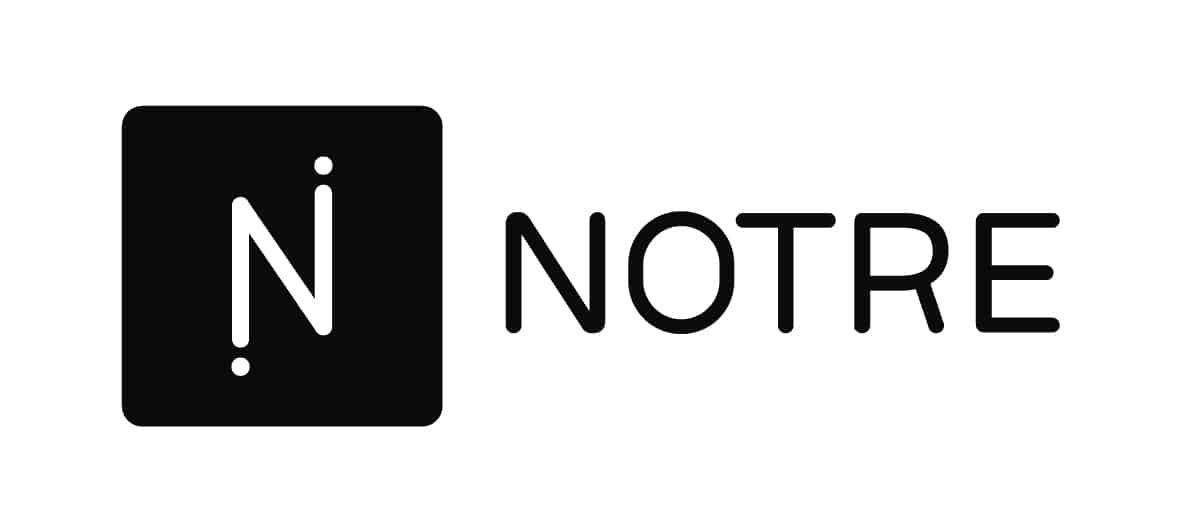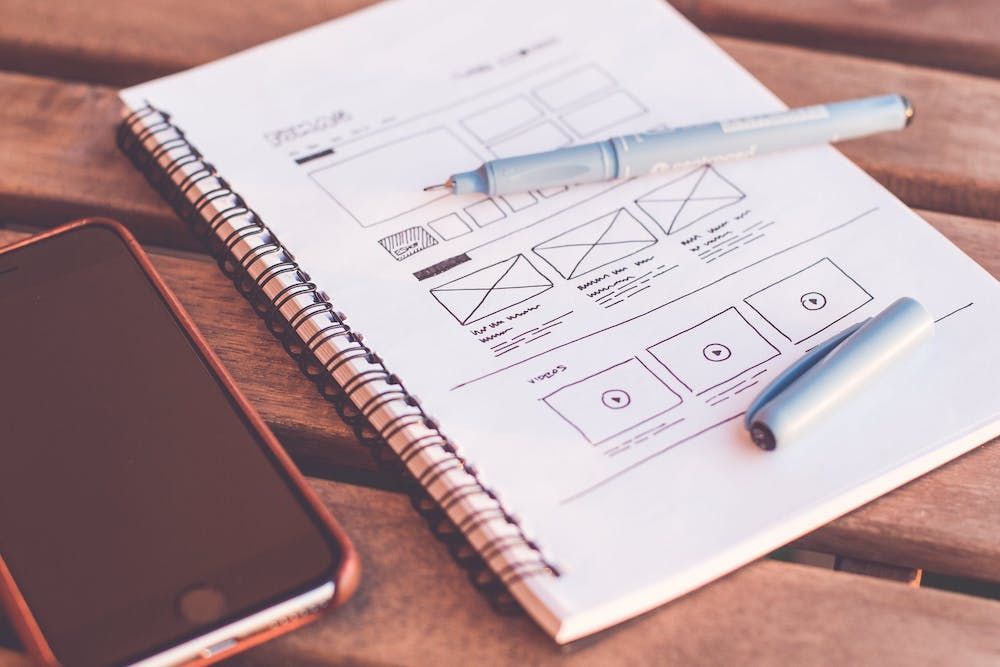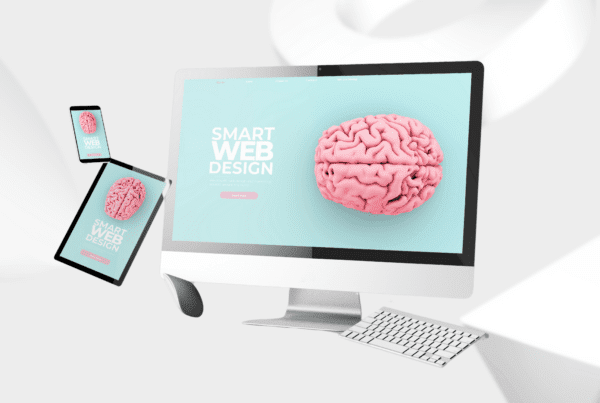Ever wondered why the most successful websites seem to share a common aesthetic? The sleek, minimalist designs, strategically placed buttons, and intuitive layouts that dominate the web aren’t a mere coincidence. In this blog post, we’ll explore the intriguing world of web design, unraveling the reasons behind the apparent sameness and diving into what makes a truly exceptional user experience (UX).
Why the Familiarity?
1. User-Centered Design
The fundamental principle guiding modern web design is user-centeredness, a concept underscored by Jakob Nielsen’s renowned Jakob’s Law. As articulated in Nielsen’s insights on internet UX, Jakob’s Law posits that users spend most of their time on other websites and form expectations based on those experiences. Successful websites, cognizant of this principle, prioritize the user’s experience by not only embracing familiar and intuitive layouts but also by aligning with established design patterns prevalent across the web. This approach significantly reduces the learning curve for visitors, allowing them to navigate and interact with the site effortlessly, aligning seamlessly with the principles set forth by Jakob’s Law.
2. Responsive Design
The surge in mobile device usage has become a driving force behind the widespread adoption of responsive design, a necessity for accommodating the diverse array of screen sizes and resolutions prevalent in today’s digital landscape. As emphasized in the insights shared on common screen sizes for responsive web design on Medium, the need for websites to seamlessly adapt to a multitude of screen dimensions is paramount [source]. This adaptability goes beyond being a mere trend; it is a must-have in a world where users increasingly demand accessibility and flexibility in their online interactions. Recognizing the prevalence of varying screen sizes, responsive design ensures that websites maintain a consistent and user-friendly experience, aligning seamlessly with the principles outlined in the considerations of common screen sizes for responsive web design.
3. Established Design Patterns
As mentioned before, over time, certain design patterns have emerged as best practices. These patterns, ranging from the placement of navigation menus to the use of recognizable icons, contribute to a sense of familiarity for users. Implementing these patterns isn’t about conformity but rather about leveraging what works to enhance the overall user experience.
6. Cognitive Load and Efficiency
Consistency in design helps reduce cognitive load for users. When elements like navigation menus, buttons, and icons follow a predictable pattern, users can focus more on the content and less on deciphering how to interact with the site. Efficiency is a key aspect of a positive user experience.
What Defines Outstanding UX?
1. Intuitive Navigation
Exceptional UX starts with intuitive navigation. Users should be able to explore a website with ease, finding information where they expect it to be. Well-designed navigation menus and clear signposts guide users through the digital landscape seamlessly.
2. Visually Pleasing Aesthetics
While the term “good design” may seem subjective, there are universally appreciated elements, such as balanced layouts, readable typography, and a judicious use of white space. Visually pleasing aesthetics contribute to a positive first impression and keep users engaged.
3. Performance Optimization
Slow-loading websites are a major turn-off for users. Exceptional UX involves optimizing performance by compressing images, minimizing code, and leveraging caching mechanisms. A fast-loading site ensures that users can access content swiftly, enhancing their overall experience.
4. Personalization without Intrusion
Tailoring the user experience based on preferences and behavior is a growing trend. However, it’s crucial to strike a balance between personalization and privacy. Exceptional UX involves providing personalized content and recommendations without crossing the line into invasive practices.
5. Accessibility and Inclusivity
A truly exceptional UX extends to all users, including those with disabilities. Following accessibility standards, such as those outlined in the Web Content Accessibility Guidelines (WCAG), ensures that everyone can access and navigate the site, promoting inclusivity.
Conclusion
The seemingly uniform appearance of successful websites is a testament to the collective understanding of what makes for an outstanding user experience. While certain design elements may appear similar, they are carefully chosen to prioritize usability, efficiency, and aesthetic appeal. The art of web design lies in finding the delicate balance between familiarity and innovation, creating digital spaces that not only meet user expectations but exceed them. As technology advances and user preferences evolve, the landscape of web design will continue to transform, offering new opportunities to redefine what it means to deliver an exceptional user experience.







